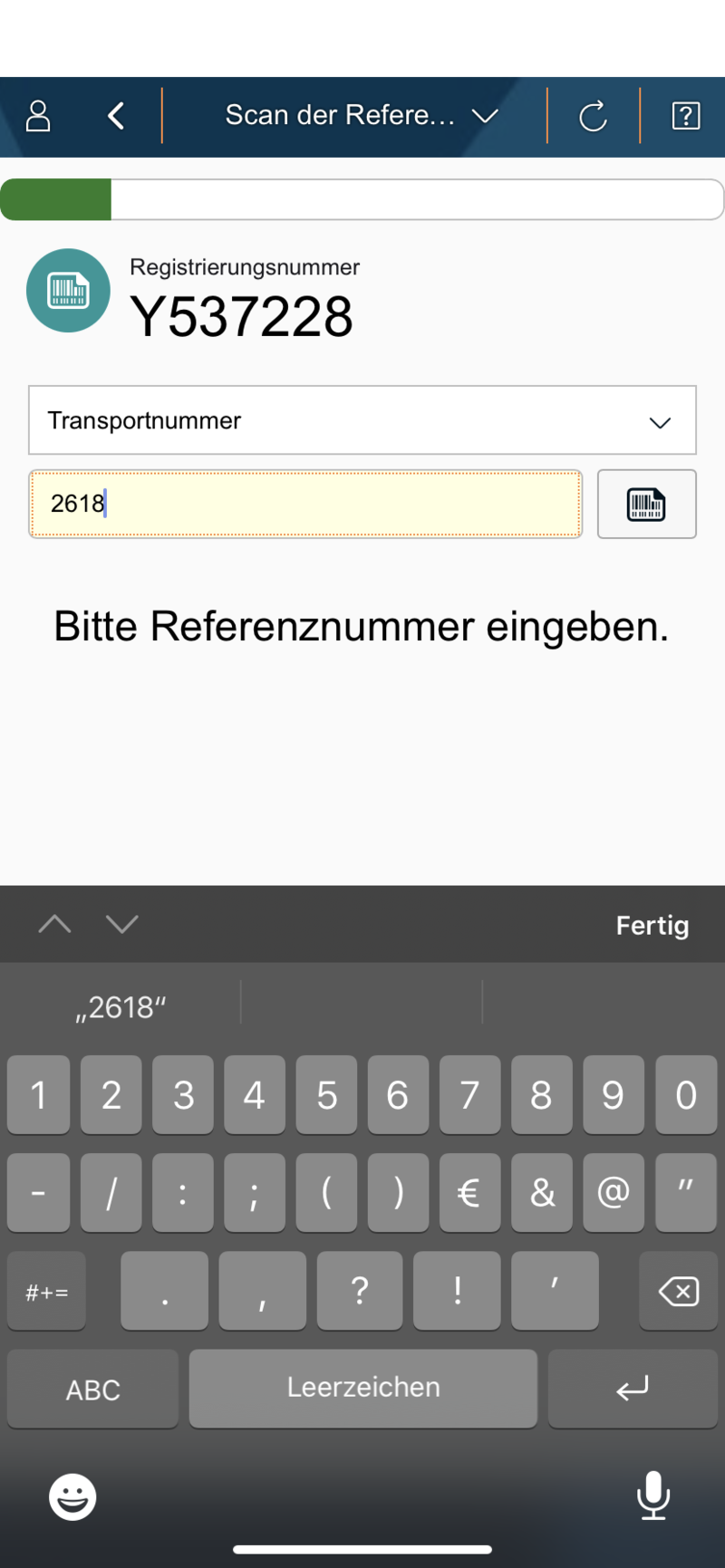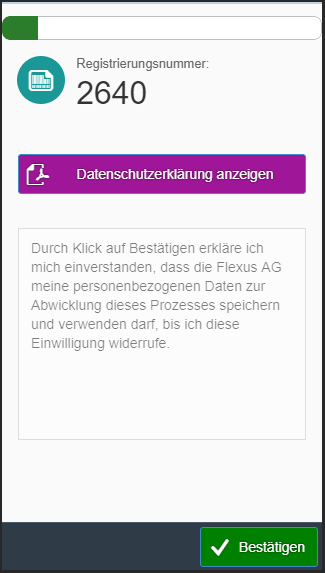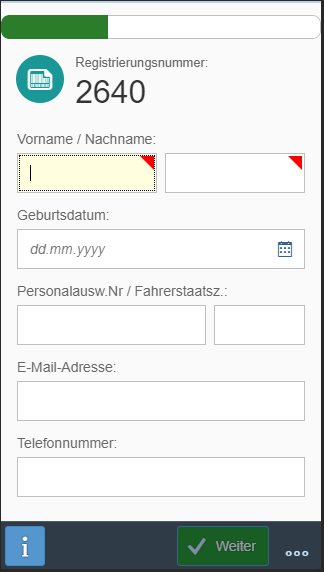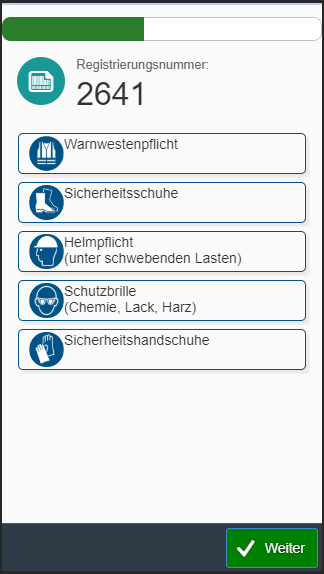Online registration trucks with cargo
Basic package for online registration for trucks

Developed by Flexus AG
- Visit website- All apps from Flexus AG
Category
SAP Modules
SAP Systems
Online registration trucks with cargo
 Zeige deutsche Version
Zeige deutsche VersionBasic package for online registration for trucks
- Description
- Advantages
- Technical requirements
- Links & Downloads
Self-registration is performed by the truck driver either with the Fiori App or at a self-registration terminal set up at the parking lot. The registration usually starts with the language selection and the selection of the registration profile. This registration profile defines all further actions, queries and processes and cannot be changed (deletion and new creation necessary). In the standard the following templates (depending on license) are available for registration profiles:
- Process: Delivery truck
- Process: Shipping truck
- Process: CEP service provider (UPS,DHL...)
- Process: Service provider (craftsman..)
- Process: Container handling
- Process: Swap body processing
- Process: Shuttle traffic
- Process: Recycling
- Process: Visitor handling
The decision for a registration profile can be made in the dialog process selection by the truck driver or automated by a complex matrix for process recognition in the background. This automatic process recognition is customizable and parameterizable depending on the customer. In the truck APP the registration profile can be preset and used.
After definition of the registration profile, all relevant actions are drawn and copied to the newly created Reg.No. Now the procedure for this truck is defined and is processed step by step. The following actions are available in the standard basic package:
- Scan reference number and enter position
- Enter personal data
- Passenger data entered
- Safety instruction
- Data protection information
- Notes on load securing (and other information dialogs)
- Assign cargo (SAP objects) (position input)
- Print route card
The actions are run through as a dialog for processing by the truck driver (self-registration terminal) or customer employees (yard control station). New follow-up actions can also be activated here and is the central point for setting the status.



